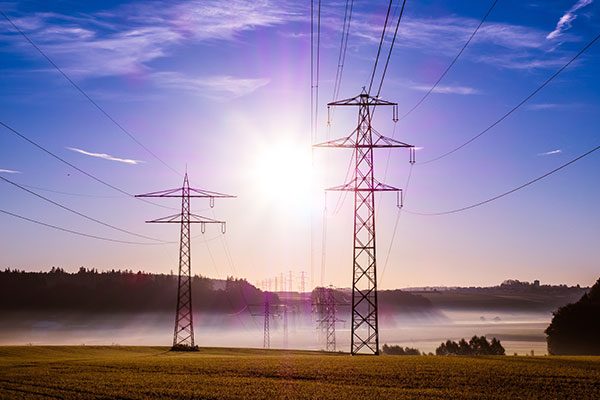The electronic infrastructure that powers our digital lives, including seniors aging in place, in retirement communities, assisted living facilities, and in nursing homes is a service often taken for granted. Everything is fine while devices, enterprise servers, and cloud services are powered up and providing the digital environment senior residents and business operators of senior facilities have come to expect. What happens when the power supply is cut off? Whether a natural disaster, mechanical failure, inadequate information technology management of onsite services, or aging infrastructure, any downtime to wearable medical devices, point of care handheld devices, and enterprise server functioning can constitute a dangerous medical situation for residents.
Making Sure Backup Plans are in Place
Some state legislators are taking it upon themselves to create bills and enact laws that will require assisted living operators to inform residents’ and prospective residents of preparations they have in place in the event of power interruption or complete loss of power. Whether you or a loved one are shopping for the “next step” in a living situation, knowing that there is a reliable plan in place to ensure adequate power and associated backup plans can be the difference between comfort or not, proper medical attention or not, even life and death.
Whether or not the backup power source is permanent or temporary, it is vital that it remain on the senior living facility at all times and it should be made very clear in the emergency power plan exactly which facility items will be supplied electricity if there is an interruption in the normal electric power source(s). It is critical that staff members at these facilities are trained and competent to maintain and operate the emergency power source.
Strategies to Prevent Adverse Events
In any business or residence, a power failure is a problem; however, when it occurs in a senior living facility, it is a matter of pressing urgency. If life-saving wearable medical devices that alert medical staff in the event of readings outside of the healthy patient range do not function on the senior or do not communicate its associated data to medical caregivers the potential for adverse events increases exponentially. In the case of a private home and aging in place strategy, the single best approach is to remove the senior to a safer location. A temporary backup generator is useful for the short term, but the ability of a senior to manage a generator in a crisis is a tenuous situation. If it is untenable to move the senior temporarily to a more secure and monitored living arrangement and no one can move in with the senior during the crisis to help, then operate under a similar set of protocols to senior living facilities.
What to Look for in a Backup Plan
What should you or your loved one look for in a senior living facility’s backup power plan? The obvious first is an onsite, facility owned generator with more power than is needed to run the facility’s core functions sufficiently. Kitchen functions for food production, lights, heating or cooling, and power for digital hardware and its related communication abilities to upload and download from patient to facility server to the cloud (or reverse) are necessities. As a senior living facility adds more residents or increases workload to their power needs the generator must be upgraded to accommodate the increased workload.
The Need for Generator Maintenance
However, a generator is a mechanical piece of equipment, and like a power grid, it is subject to failure without proper maintenance. Battery failure is the number one reason that a generator will fail. Like any battery, lead accumulates on the plates of the battery, and the lead-acid buildup can prevent it from generating sufficient current. Sediment trays that fill with debris can also cause a battery to fail. In either of these instances, a new battery is required, and the facility should have a backup battery for the generator on site. Both batteries need to be kept routinely clean, and their charge rates must be monitored. Over time batteries become frailer so the senior facility should replace the generator battery about every three years.
In the case of an oil/gas run generator leaks can interfere with the function of the generator. Particularly in diesel generators a lack of use or “no load run time” can create an oil leak. Coolant leaks for an oil/gas operated generator can also cause them to stop working particularly in extreme temperatures. Routine monitoring of coolant levels is essential as it can be an indicator that there is a leak. A sufficient supply of oil or gas should also be on site. Whether the generator is battery or oil/gas powered, the senior living facility should have well-trained staff to troubleshoot generator issues. Most of the problems that can occur with generators are resolved with routine, professional maintenance.
Performing Due Diligence
Due diligence of a senior living facility’s power supply is more critical than ever in the digital age. Digital medical assessment devices and their communication through the Internet of Things (IoT) to ensure a seniors health is being adequately monitored in the event of a power failure is critical to be able to maintain. When you or your loved one are making plans to change your senior living environment include the review of emergency power planning as a basic necessity for safety. Each living option has its challenges when the power goes out. There is no one solution for every environment, but the need will always be the same; requirement for sufficient energy to power digital devices and other necessities.
Delaney, Delaney, & Voorn, Ltd. in Chicago can assist in long term care planning for yourself or your loved one. Click here to send us a message or call us at 312-878-0155.

